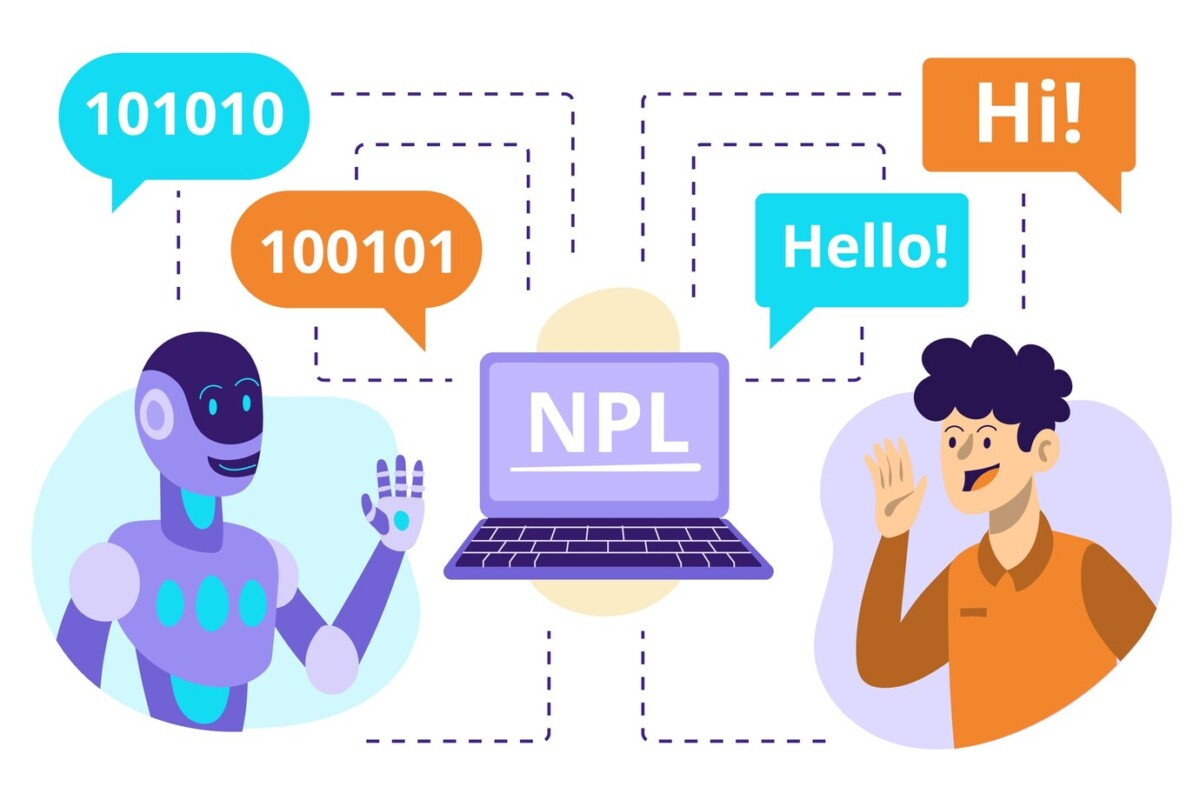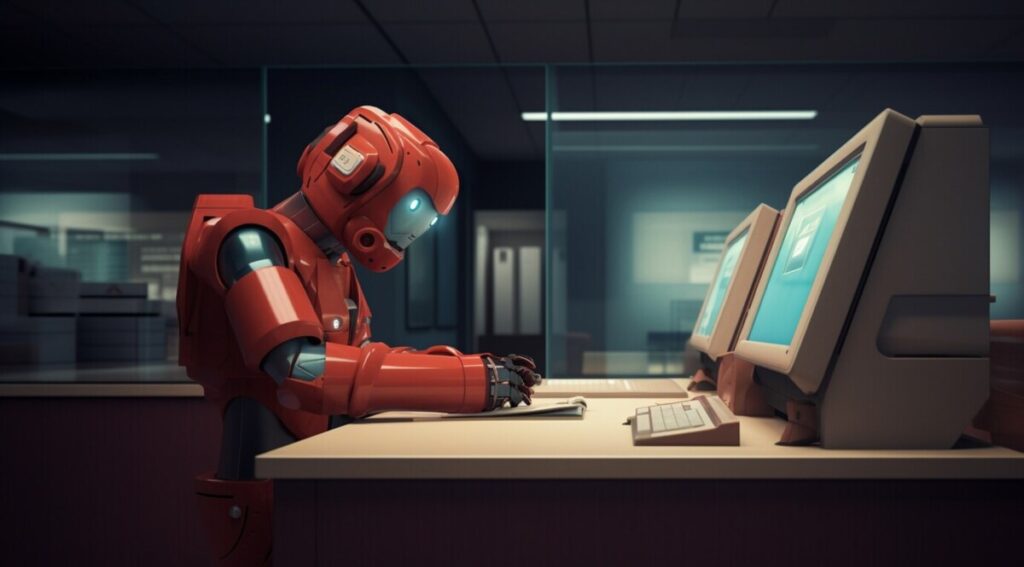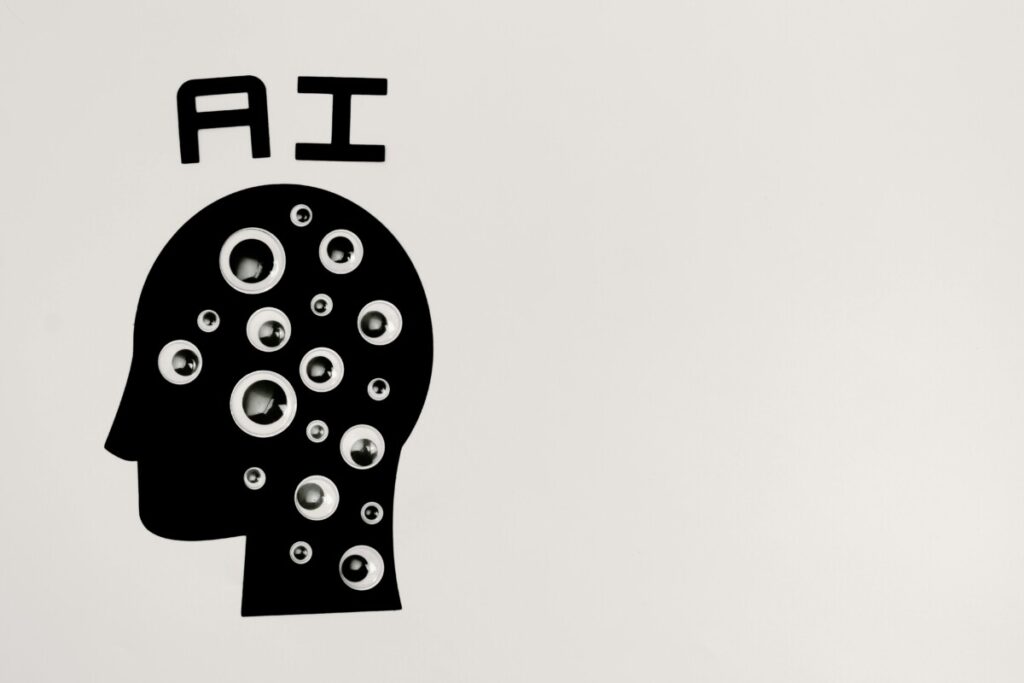
Let’s be honest—AI writing is everywhere. From social media posts to college essays, you never really know if a piece of content was crafted by a person or generated by an algorithm. This is where an AI writing detector steps in. As AI becomes smarter and more widespread, detecting its footprints becomes more important than ever.
In this guide, we’ll dive deep into what an AI writing detector is, how it works, why it matters, and what you should watch out for—especially if you’re a student, writer, or content creator.
What Is an AI Writing Detector?
An AI writing detector is a tool designed to analyze a piece of text and determine whether it was written by a human or generated by artificial intelligence. These tools use a combination of machine learning, linguistic pattern analysis, and natural language processing to make their judgment.
Why Do We Need AI Writing Detectors?
Academic Integrity
In schools and universities, AI-generated essays are becoming a real issue. Professors want to ensure students are learning—not just prompting ChatGPT.
Content Authenticity
Businesses and bloggers need to maintain a genuine voice. Using too much AI can make content feel robotic, risking SEO penalties and customer trust.
Job Applications
Cover letters or writing samples generated by AI might look polished but lack personal touch. Recruiters want to know the real you.

How Does an AI Writing Detector Work?
AI writing detectors don’t rely on simple tricks. Here’s how they really function:
Analyzing Linguistic Patterns
AI-generated text tends to follow certain predictable structures—overuse of passive voice, lack of emotion, or unnatural fluency.
Detecting Burstiness and Perplexity
These are fancy terms for randomness and complexity. AI often lacks variability in sentence structure or tone that a human would naturally have.
Training on AI Samples
Most detectors are trained using large samples of known AI-generated and human-written text. This helps the system learn what’s “machine-like” and what’s not.
Popular AI Writing Detector Tools
Here are a few popular tools available today:
Originality.ai – Focused on professional content audits and plagiarism.
GPTZero – Widely used in educational settings.
Writer.com’s AI Detector – Simple tool for quick detection.
Copyleaks AI Detector – Works well across multiple content formats.
Each of these tools has its strengths, but no tool is 100% accurate yet.

Limitations of AI Writing Detectors
Nothing is perfect, right? Here’s what AI detectors struggle with:
False Positives: Sometimes they flag human writing as AI.
False Negatives: Well-crafted AI content may slip through.
Language Barriers: Non-native English writing may confuse the tool.
Style Bias: Unique or overly formal writing might be flagged unfairly.
That’s why it’s important to use these tools as a guide, not a final verdict.
How to Beat AI Detectors (and Why You Probably Shouldn’t)
Some folks try to “trick” detectors by editing AI content slightly. Rewriting, adding typos, or inserting slang can throw off the algorithm. But here’s the thing: if you’re using AI dishonestly, that’s a bigger issue than the detector itself.
Instead, use AI as a brainstorming tool—and write the final draft in your own words.

Tips for Writing Human Content That Passes AI Detection
Want to sound more like you and less like a bot? Here’s how:
Add personal stories or opinions
Use varied sentence lengths
Break grammar rules intentionally for style
Inject emotion and humor
Avoid perfect, polished phrasing
The goal isn’t just to fool a detector—it’s to actually sound human.
Where AI Writing Detectors Are Making a Difference
Education
Teachers use AI detectors to uphold academic honesty without relying on gut instinct alone.
Publishing
Editors check AI usage in articles to ensure originality and tone consistency.
Hiring
Companies scan writing samples for authenticity during the job application process.
Should We Trust AI Writing Detectors Fully?
Short answer: Not entirely.
They’re a valuable tool, but they should complement human judgment—not replace it. Just like spellcheck can’t catch tone or context, detectors can’t always “feel” the message behind the words.
Are AI Detectors the Future of Digital Writing?
In many ways, yes. As AI-generated content becomes more common, so will tools that identify it. But the real future might be transparency—clearly marking AI-assisted content and blending the best of both worlds.
An AI writing detector is a modern necessity in a world flooded with machine-generated text. Whether you’re an educator trying to catch AI-written essays, a business maintaining authentic branding, or a reader who just wants to know what’s real—these tools have a place.
But remember: they’re not foolproof. The human touch still matters. So use detectors wisely, write with intention, and let your own voice shine through.
FAQs About The AI Writing Detector
What is an AI writing detector used for?
It helps identify whether a piece of writing was created by a human or generated using artificial intelligence.
Are AI writing detectors accurate?
They’re fairly accurate but not perfect. They work best when combined with human review.
Can AI writing pass as human?
Yes, especially when edited or guided by humans. But detectors look for patterns that are typically “AI-like.”
Is it wrong to use AI to help with writing?
Not at all! The key is being honest about it and using it to support—not replace—your voice.
How do I make sure my writing doesn’t get flagged as AI?
Add personal stories, emotion, and variety. Write like you’re talking to a friend—not like a machine.
